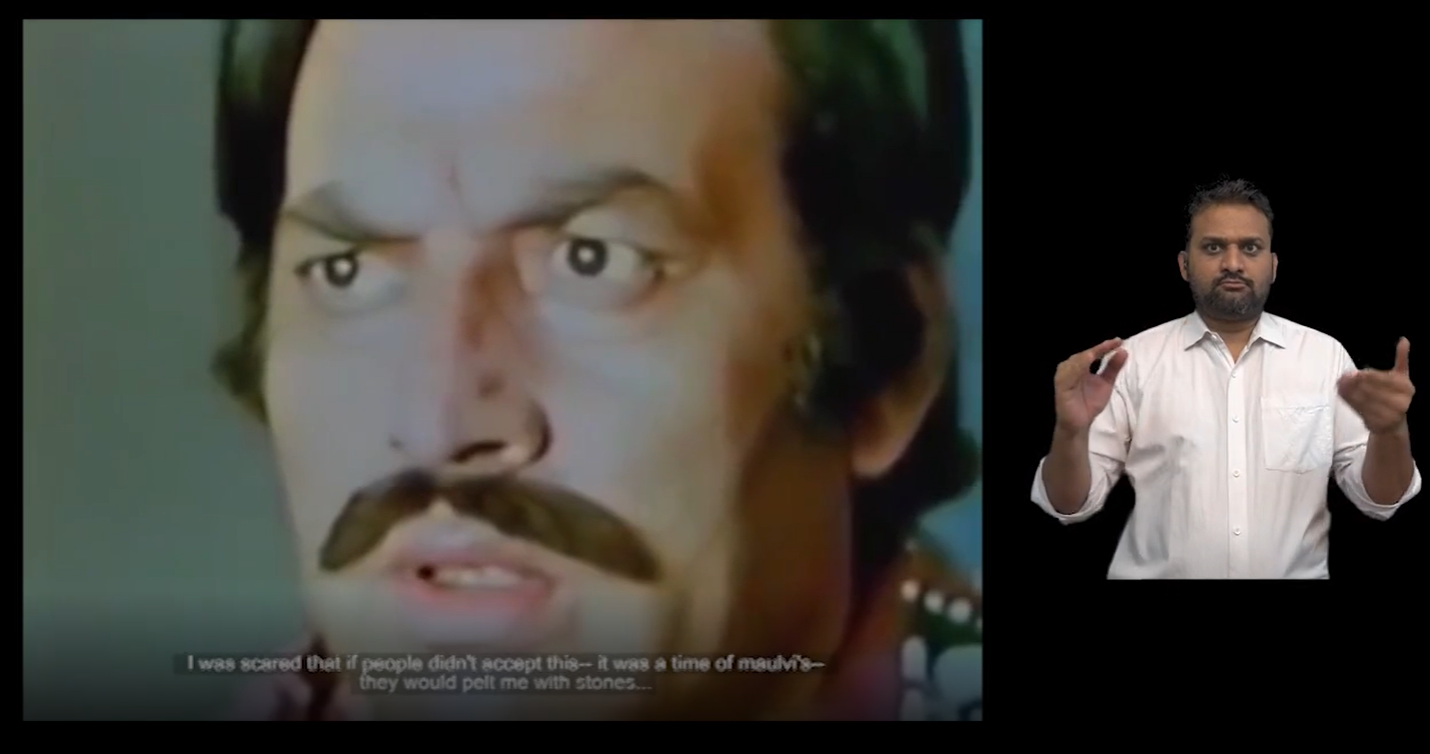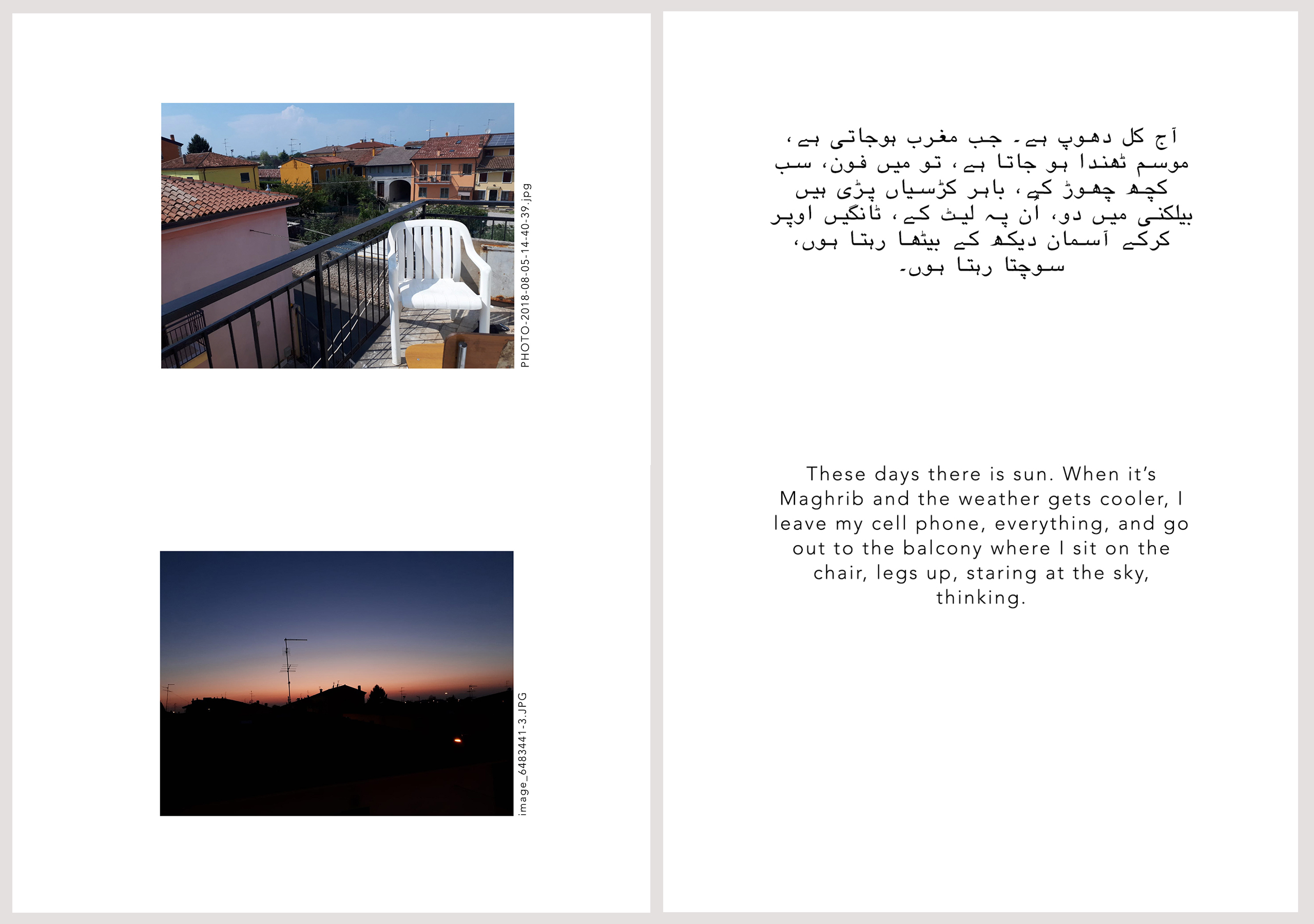Blogs
The What and How of MAP’s First Accessible Digital Exhibition
Kunal Mehta
Committed to its mission of making the arts accessible and inclusive, MAP recently launched an online exhibition that has been designed keeping in mind the aim of reaching out to diverse audiences. Read on to learn about the ‘what’ and the ‘how’ of MAP’s, and perhaps the country’s, first accessible digital exhibition!
Through the past year, the virtual realm has been a steady companion to people all around the world. The pandemic pushed us all to explore and engage with the digital much more deeply. Along with enabling a “work from home” mode, the digital has provided us all with newer formats of entertainment and recreation – for instance, exploring museums and exhibitions online.
Throughout the past year, museums and cultural institutions across the globe have worked hard to re-imagine and shift their programming to the digital and so we’ve seen several online auctions, art fairs and exhibitions. However, rarely is such content accessible to all audiences, including those with visual or hearing disabilities. Committed to its mission of making the arts accessible and inclusive, MAP recently launched an online exhibition that has been designed keeping in mind the aim of reaching out to diverse audiences. Read on to learn about the ‘what’ and the ‘how’ of MAP’s, and perhaps the country’s, first accessible digital exhibition!

The entrance page of MAP’s digital exhibition, A distant Place, allows visitors to view the exhibition with accessibility features, such as subtitles, audio descriptions and ISL
What is this?
MAP’s latest digital exhibition A distant Place based on the works of contemporary South Asian artist, Zoya Siddiqui, boasts of accessibility features, such as Indian Sign Language interpretation (ISL), audio description and alt text.
The exhibition comprises a series of works that are strong on both audio and video content. When the video is conversational in nature (and it is of course important to understand what is being spoken to unpack the artist’s work), the use of subtitles and ISL bridge the gap for individuals who have hearing disabilities. Users can either choose to read the subtitles of the running audio in the artwork, or can even understand by viewing the ISL interpretation video embedded within the artwork. The video At a Distance is a perfect example as it is based entirely on conversations.

Still from To God Shall the Alien Return (with ISL interpretation and subtitles), 2019, Zoya Siddiqui, Image Courtesy: Zoya Siddiqui
Similarly, people who are visually impaired can appreciate verbal descriptions of the visuals that appear throughout the digital exhibition. Originally, the video work by Siddiqui, To God Shall the Alien Return, featured no spoken content and if it wasn’t for the audio description that the team added while putting together the exhibition, such individuals would have completely missed out on experiencing the work.
Similarly, Melancholies of the Migrated is a slideshow that consists of images and quotes within those images. We were aware that the screen readers that most people with visual disabilities use to access computers would neither describe the images nor would the machine read out the quotes since the written material is embedded within the images. To make this accessible, we made use of a feature known as alt text. Through this, we were able to feed in the description of the artwork on the backend of our website aka digital museum, and we were also able to type in the corresponding quote that appeared within the artworks. This feature made the exhibition completely accessible to viewers with visual disabilities, and what’s even better is that only a screen reader can pick this alt text content, thus retaining the originality of the artwork for non-screen reader users. A true win-win scenario for all!

From Melancholies of the Migrated, 2018, Zoya Siddiqui, Set of 69 prints, Image Courtesy: Zoya Siddiqui
For instance, the alt text added for the image above is: A balcony with a bright white chair and houses. Below it is a dark skyline with sunset. Next to it is a quote “These days there is sun. When it’s Maghrib and the weather gets cooler. I leave my cell phone, everything, and go out to the balcony where I sit on the chair, legs up, staring at the sky, thinking.”
Impact
As an individual with visual impairment who has had little exposure to accessible art, it was extremely refreshing and wonderful to see not just the well thought out accessibility features, but the fact that I could control the entire experience end-to-end. From the website to the registration process, from entering the exhibition page to accessing each video, and being able to access and read every bit of information with the screen reader, each aspect of the exhibition is well-conceived for people with disabilities and made me feel included.
When I saw the video To God Shall the Alien Return for the first time, it was only music; however, watching the entire video with the help of an audio description was a magical experience! If it wasn’t for the audio description, I and many other visually impaired visitors would have perhaps missed out on the fundamental experience of the exhibition.
Alt text is another feature that has been used to enhance the accessibility of the exhibition, for example in the work Melancholies of the Migrated. The thought put into each image description really helped me to picture the visuals described and experience the work.
Finally, if there is something that one should take away from this entire story is the fact that accessibility takes a conscious and a coordinated effort by everybody involved (both directly and indirectly)! If you haven’t already seen it, head to MAP’s Exhibitions page to take a journey through our latest engaging and accessible digital exhibition on Zoya Siddiqui.








